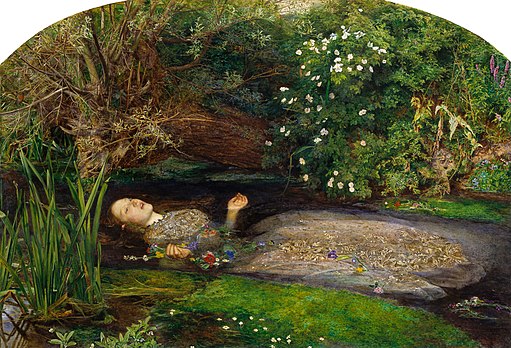My third Nordic detective novel, Jo Nesbo’s The Bat, has not really upped my fondness for the breed. And yet I seem to pick them out of the multitude of crime fiction writers splattering the genre these days.

In the meantime, thanks to researching for this review I find a new mode of book review on YouTube and there are many for the Nesbo books.
While below is a review for an upcoming film based on one of his books

I guess I picked this one out by deciding between a Nesbo set in Bangkok and one in Australia. I was so tempted by a Nordic take on Thai but knew I’d end up being disgusted and angry at the stereotypical European take on Thailand. I thought I’d be safe with what ought to have been a White on White case.
Alas! After heartburn over Henning Mankell’s insistence on colouring his stories with Chinese and Africans, I ought to have known better. Detective Harry Hole has to be teamed up with an Aboriginal!
It’s not as if the Australian police force has them in significant numbers. It seems to be, basically, so that yet another Scandinavian wants to leave us, people of colour, scandalised. The Aboriginal Andrew is no Arthur W. Upfield Bony Novels .
He doesn’t show any great skills of any kind, is a bit flashy and appears to have been interpolated solely to add colour to the story. And to stain the reader’s views of people of colour.
My usual bile apart, I have a feeling that the author’s favourite painting is the famous one of Ophelia's death by drowning.
In the meantime, thanks to researching for this review I find a new mode of book review on YouTube and there are many for the Nesbo books.
While below is a review for an upcoming film based on one of his books
there are others which are more entertaining
and, while those were trailers for screen versions, here's a book review too!
You might want to pick up a copy to check it out for yourself- after all Nordic crime mysteries are in vogue!



























